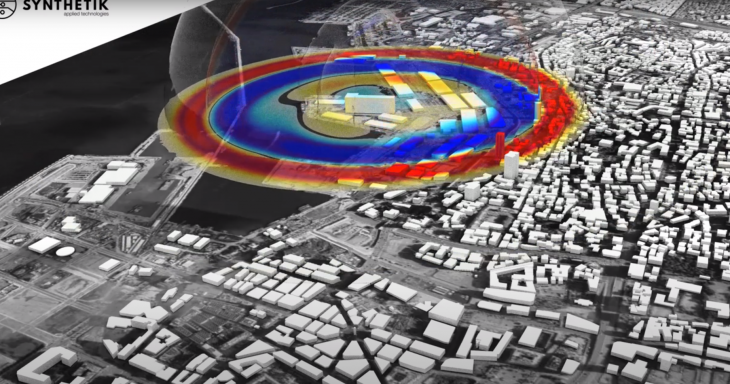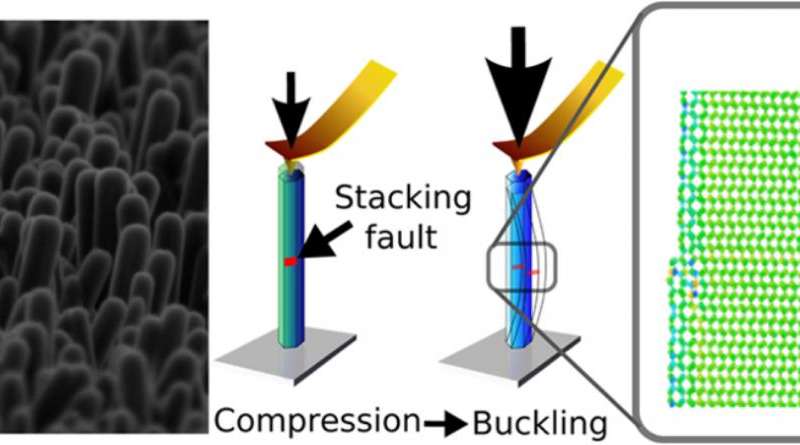We sadly learnt that the explosion in Beirut blew out windows for kilometres around, sent cascades of glass shards flying in every direction, and killed at least 180 people and wounded more than 6,000. The blast destroyed entire neighbourhoods near the port, leaving tens of thousands of people unable to live in their homes or operate their businesses. Lebanon was already in the grip of a severe economic crisis and struggling to contain a coronavirus outbreak.
In order to understand better the impact of the explosion, and its possible prevention in the future, a number of research are being carried out, mainly using CFD simulations.
Synthetik Applied Technologies are being simulated the explosion combined with satellite images. The company says that ;
“We are continuing our work on the devastating #BeirutBlast, using #blastFoam to account for the storage conditions of the AN and various modes of initiation for the explosive event.
These are plots of maximum impulse (strongly correlated with damage) from our CFD calculations, overlaid on post-blast satellite images.
The directionality of the explosive effects is evident, especially close-in and when comparing warehouse damage to the south-east and south-west of the blast. These directional effects are generated mainly by the presence of the grain silos adjacent to the AN store, through a combination of reflection, shielding, and energy dissipation.”
These simulations were performed with blastFoam. It is a solver for multi-phase compressible flow with application to high-explosive detonation, explosive safety and airblast, as well as general compressible flows. blastFoam is developed by Synthetik Applied Technologies.








